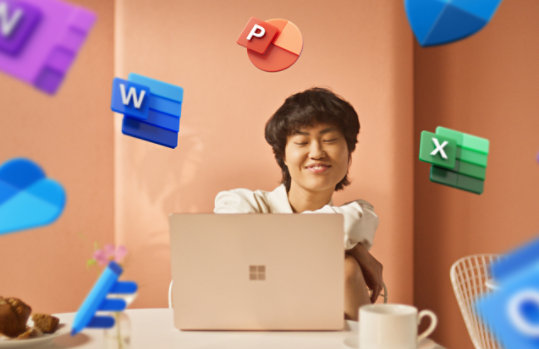Maximize the everyday with Microsoft 365
Get online protection, secure cloud storage, and innovative apps designed to fit your needs—all in one plan.

Uninstalling Microsoft Lync Server 2010 and Removing Server Roles
To maintain any system, you need to modify the deployment over time. An important part of maintenance is the retiring or decommissioning of existing components that you replace with different or newer components. “Uninstalling Lync Server 2010 and Removing Server Roles” includes procedures for removing server roles and decommissioning a deployment.
Important! Selecting a language below will dynamically change the complete page content to that language.
Version:
March2012
Date Published:
3/15/2012
File Name:
LS_Admin_Uninstall.doc
File Size:
965.0 KB
To maintain any system, you need to modify the deployment over time. An important part of maintenance is the retiring or decommissioning of existing components that you replace with different or newer components. There are two main sections in the “Uninstalling Lync Server 2010 and Removing Server Roles” documentation. The first section, "Removing Servers and Server Roles," includes the procedures you need to perform to remove specific servers or server roles. For example, removing an A/V Conferencing pool or a Front End pool. The second section, "Decommissioning a Deployment," provides step-by-step guidance for removing a complete Lync Server 2010 deployment. For example, removing a deployment from a test lab as part of a move to a Production system, or as part of a redesign of the current Lync Server 2010 deployment prior to deploying the new design.Supported Operating Systems
Windows 7, Windows Vista, Windows XP
- The file is a Microsoft Word document. Users who do not have Microsoft Word can view this document through the downloadable Word Viewer.
- Click the Download button on this page to start the download, or choose a different language from the drop-down list and click Go.
- Do one of the following:
- To start the installation immediately, click Open or Run this program from its current location.
- To copy the download to your computer for installation at a later time, click Save or Save this program to disk.

Follow Microsoft